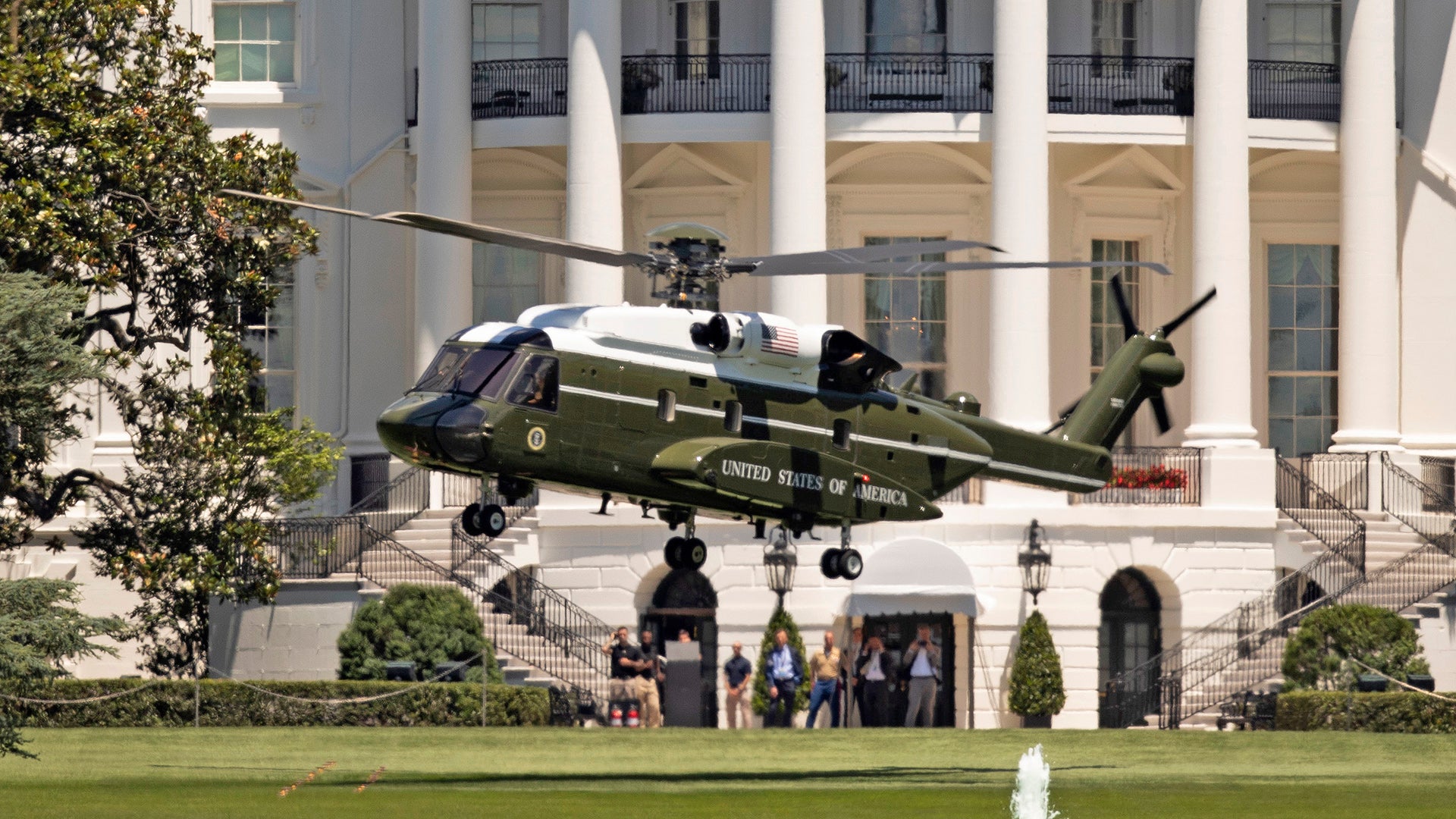President Joe Biden will not be embarking aboard the new Sikorsky VH-92A presidential helicopter for the time being, after the program was hit by more delays as a result of it failing to meet requirements for the all-important ‘White Top’ Marine One role. Among the latest failings identified is an inability to reliably undertake emergency contingency flights, potentially like those associated with the critical continuity of government mission.
A report today from Bloomberg cited a U.S. official, speaking on condition of anonymity, who confirmed that the Biden administration is still working out whether the VH-92A is safe to be put into operation with Marine Helicopter Squadron One (HMX-1).
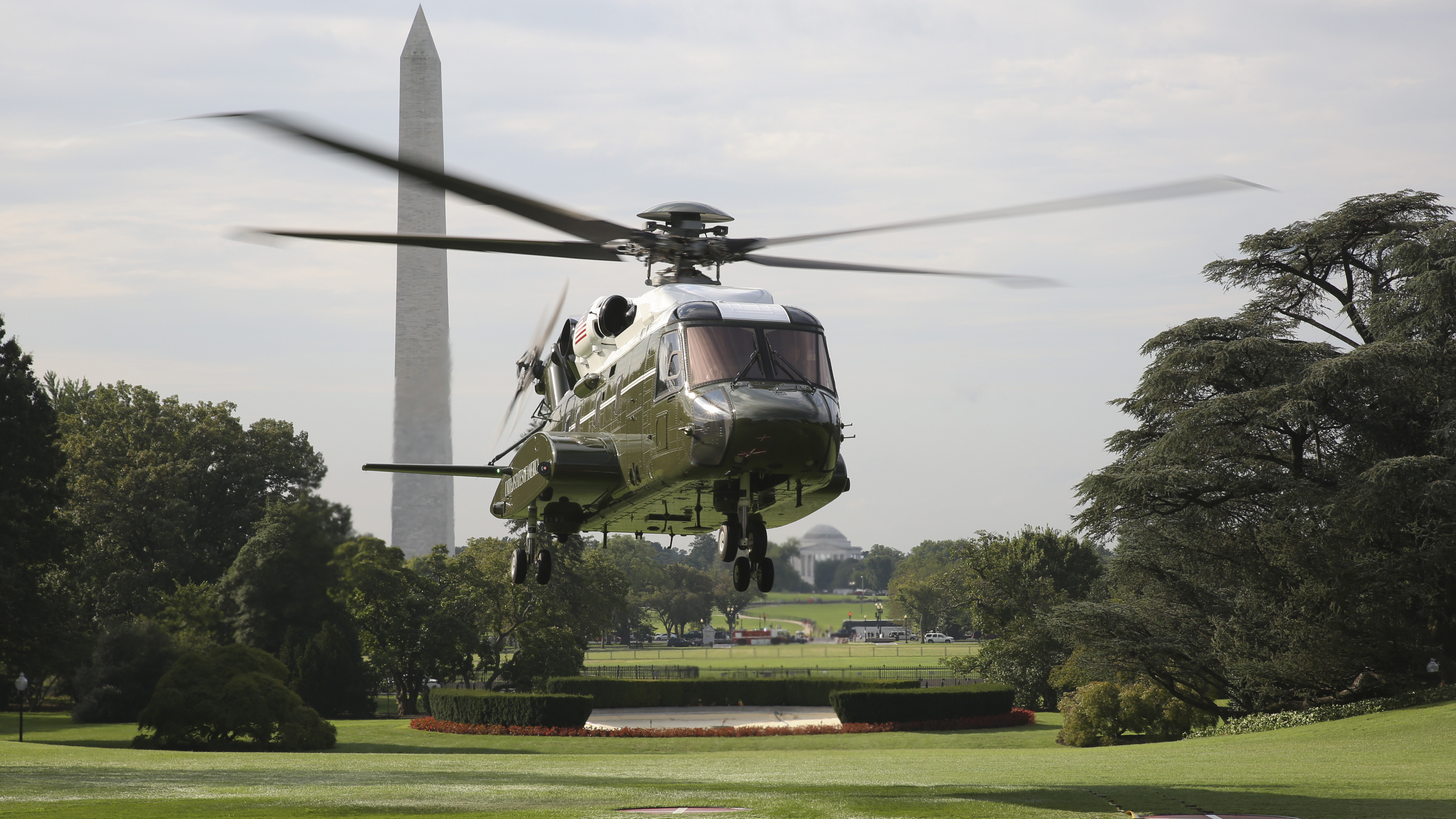
Bloomberg has also obtained an internal summary from the U.S. Naval Air Systems Command (NAVAIR) test office, dated September 28, which describes the VH-92A as “failing to meet the reliability, availability or maintainability threshold requirements” required of it.
That same summary notes that the helicopter is not considered “operationally suitable” and that this is a particular concern for the continuity of government mission set and other contingency operations. That’s obviously a significant shortcoming in an aircraft that would, for example, be expected to whisk the president to wherever they would be required should something catastrophic ever occur.
The full scope of the problems that prevent the VH-92A from reliably executing these critical operations is not clear, although the Bloomberg report does point to shortcomings with the Mission Communication System (MCS). According to the test office’s summary, the MCS “often delayed critical communications at the beginning of contingency missions and did not adequately support timely, continuous and secure communications.”
When there was a problem with the MCS, maintainers were not provided with the required diagnostic capability at the squadron level, while it took too long to actually access the components of the system that needed fixing.
The MCS issue came up in the most recent Director of Operational Test and Evaluation (DOT&E) report to be published, for Fiscal Year 2020, which stated that the MCS 3.0 version began testing in January 2020. This version “incorporated recommendations from DOT&E’s VH-92A Operational Assessment OT-B1 report, dated May 28, 2019, including the use of MCS test scripts that aided in the discovery of deficiencies during the assessment. The Program Office has been addressing MCS deficiencies, discovered in testing.”
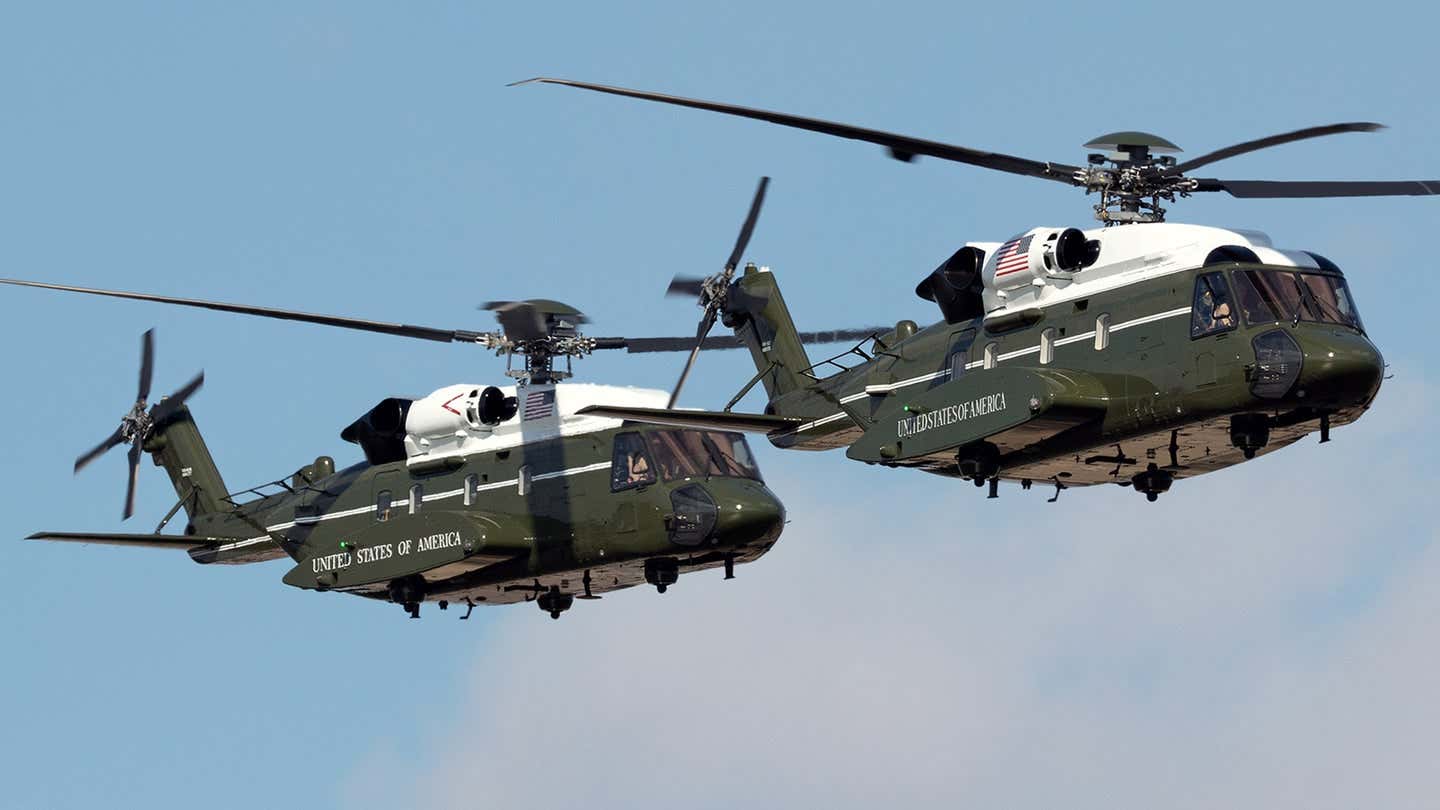
In regards to MCS 3.0, the DOT&E report pointed to the requirement for “design changes in hardware […] particularly intercommunication system cords, to improve the usability of communications equipment at different passenger seats in the aircraft.”
The same DOT&E report noted that five iterative releases of MCS 3.1 software had also been tested, while the NAVAIR design team “continues to make improvements,” with MCS 3.2 due to start testing in January 2021.
Again, it hardly needs stating that, during a potential crisis, in which the president might need to be transported rapidly for their own safety and potentially that of the country, reliable communications would be paramount to achieve success in a rapidly evolving scenario. Deficiencies with the communications system could possibly impact the president’s ability to connect to the National Command Authority, and this would impact the credibility and usability of America’s nuclear deterrent. Regardless, reliable communications during a crisis are absolutely key to the president retaining command and control when it is needed most.
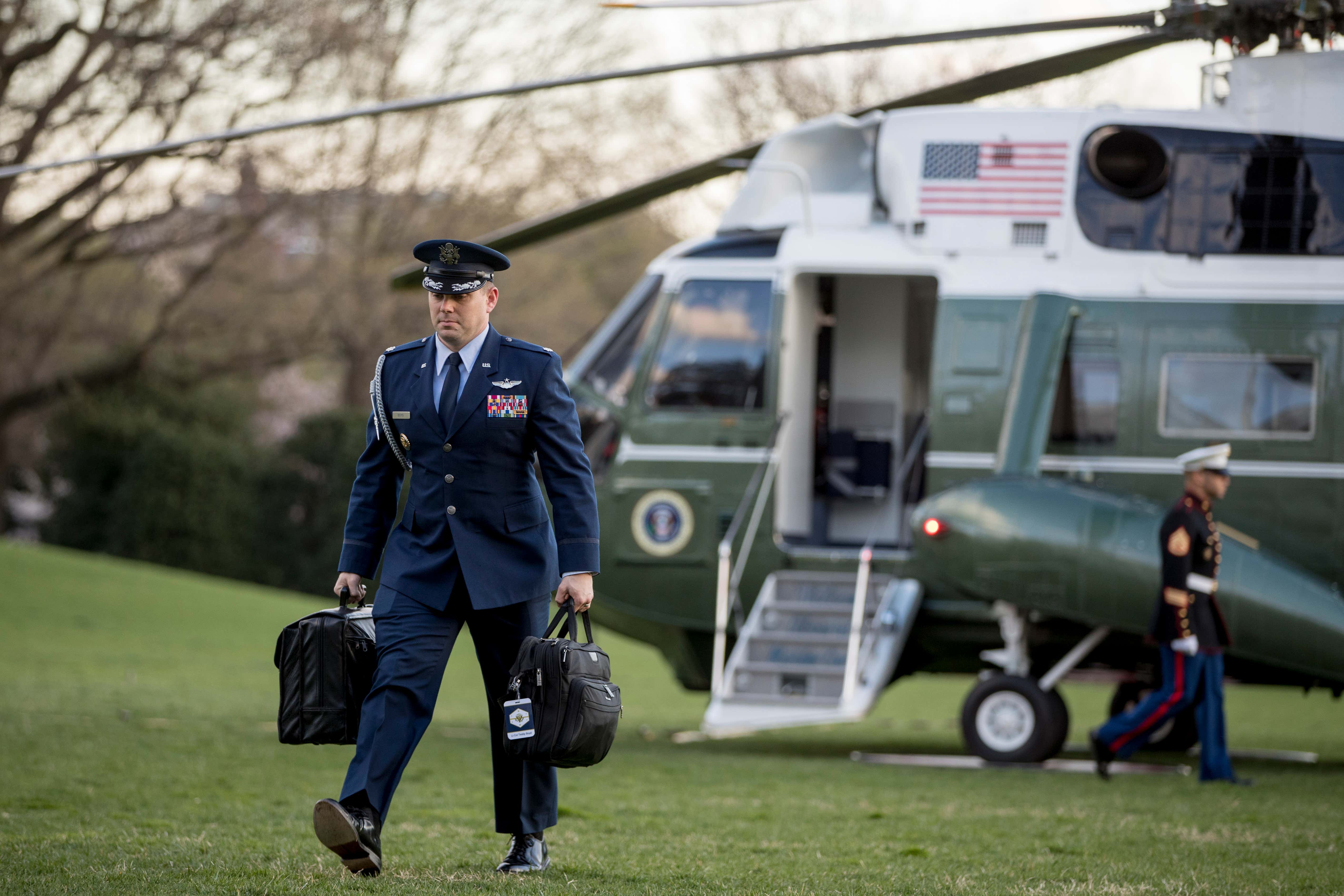
The test summary obtained by Bloomberg further points to “instability, cabin interior flaws, frequent maintenance inspections and rear air-stair door components” combining to slow down the maintenance process and reduce aircraft availability.
Legacy issues with the helicopter persist, too. As long ago as September 2018 it was found that the VH-92A’s engine exhaust and rotors could cause damage to the White House South Lawn, where Marine One routinely operates from. The summary of the test report confirms that this problem still hasn’t been fixed, as evidenced by a succession of reports on this topic since it was first discovered.
“Engine exhaust and fluid discharge cause landing zone damage limitations, limiting the number of available landing zones,” the summary states, before calling for the Marines to “continue to reduce effects of engine exhaust and fluid discharges.” It’s not clear how this might actually be achieved.
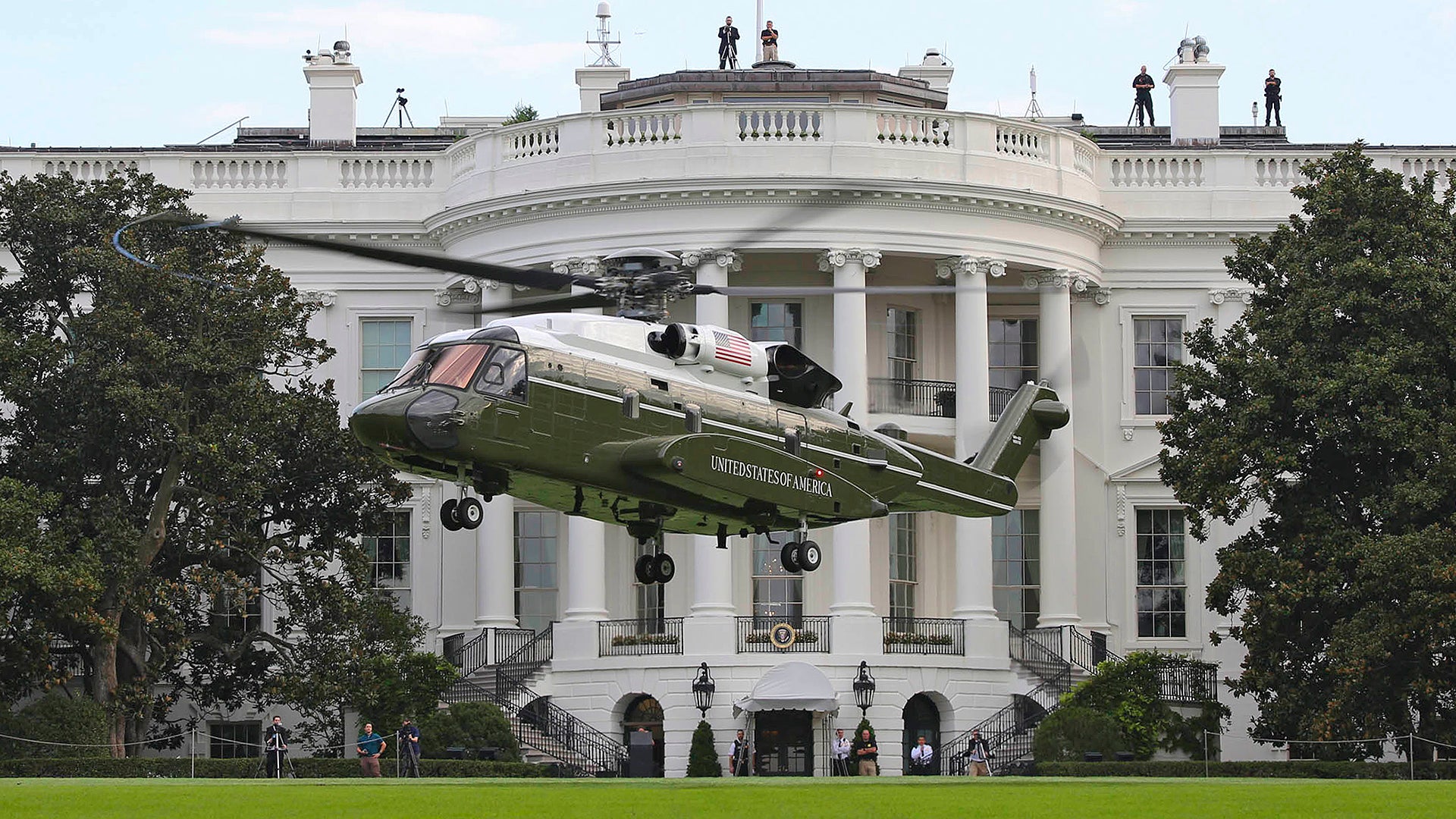
With all this in mind, the White House Military Office has not yet approved a first presidential flight with the VH-92A, while it reassesses the timeline for the new helicopter.
Previously, it was expected that the VH-92A would begin replacing the iconic VH-3D when it achieved initial operational capability (IOC) in July, which never happened. It was then planned to begin replacing the Black Hawk-based VH-60Ns, a process slated to be completed by 2023, by which time a full fleet of 23 of the new helicopters would be available. IOC had already been pushed back successively from an earlier target of June 2020, and January this year.
It’s not all bad news for the VH-92A, however. The same test report confirms that the helicopter is suitable for routine “administrative” missions. These might include a planned shuttle to Camp David or ferrying the president to Joint Base Andrews outside Washington to connect with a preplanned Air Force One flight.
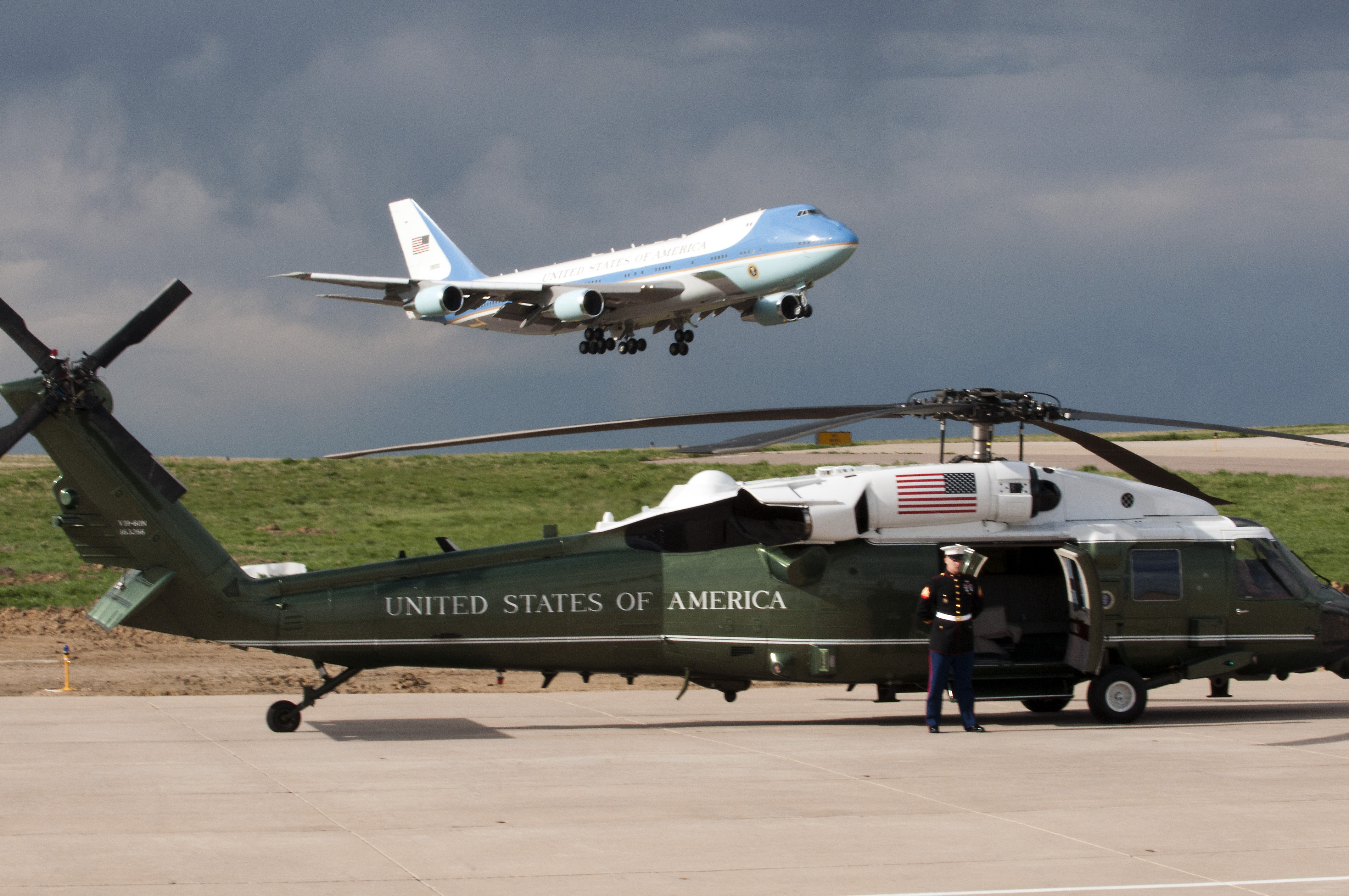
While this reflects a degree of “operationally effectiveness,” it’s hardly what Pentagon and White House officials would have hoped for the $5-billion VH-92 program.
It’s also unclear why it has taken until now for the details of the delays to become public. Three months of DOT&E testing was already wrapped up in April this year and in early August Marine Corps Major General Greg Masiello, program executive officer for air anti-submarine warfare, assault, and special mission programs at NAVAIR declared that “The squadron and the program are ready today.”
Bloomberg approached the test office to determine what happened as a result of the three-month trials period but was told the results constituted “controlled unclassified information.” A test office spokeswoman did say that those tests were intended to assess whether the VH-92A was “effective and suitable to perform transport of the President, Vice President, cabinet members and heads of state.”

Meanwhile, spokesman for the Marine aviation deputy commandant told Bloomberg that “The report did not raise any issues” that the program office and Marine Corps “were unaware of, or the issues were previously corrected.” However, the same spokesman could not confirm when then the VH-92A might actually start flying missions with the president on board.
A spokesman for Lockheed’s Sikorsky aircraft division, responsible for building the VH-92A, said that the division “continues to work closely with our customer to ensure the aircraft meets all operational requirements.”
Currently, therefore, it’s uncertain when the VH-92A will start flying the prestigious Marine One mission. However, with the Navy having placed orders for the full fleet of 23 VH-92As, with $1.5 billion already spent on them, it’s clear that fixes for the various outstanding issues will have to be found if the helicopters are going to fulfill their full mission spectrum. Any further delays are the last thing VMX-1 needs as the requirement to replace the VH-3Ds and VH-60Ns only becomes more urgent.
Contact the author: thomas@thedrive.com
